Trump has reportedly been demanding lots more 'Executive Time,' meaning private TV and tweeting

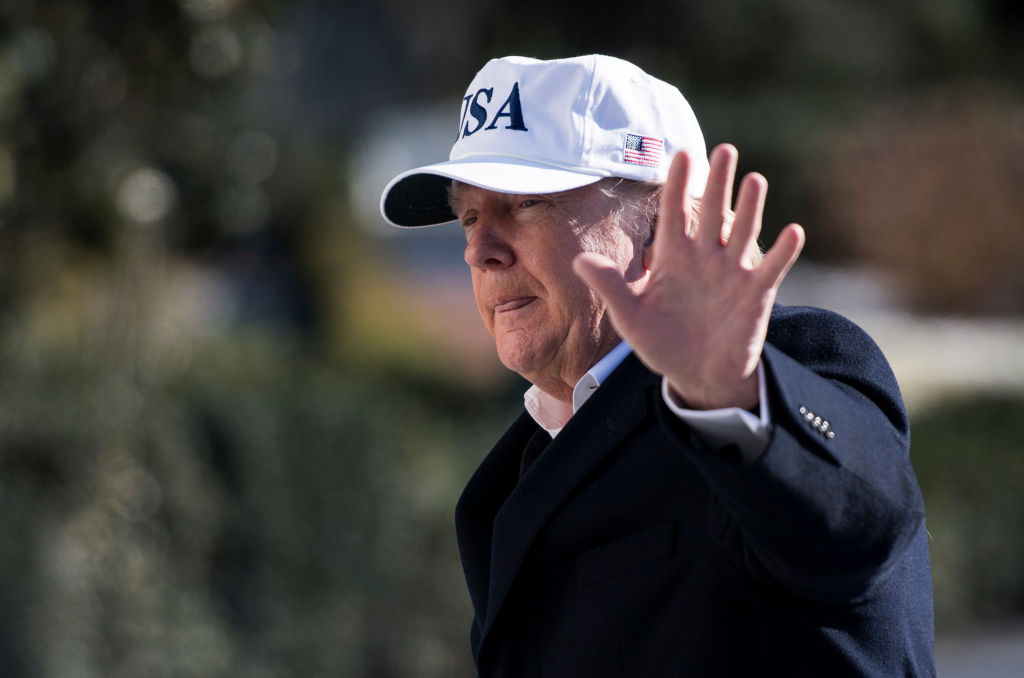
President Trump's actual schedule, as opposed to the "sanitized ones released to the media and public," typically starts with three hours of "Executive Time" from 8-11 a.m., "which almost always means TV and Twitter time alone in the residence," says Jonathan Swan at Axios, citing officials. Trump almost always retires to the residence by 6 p.m., and there are usually several hours of "Executive Time" sprinkled in among a meeting or two, starting with an 11 a.m. intelligence briefing, Swan reports, based on actual schedules he was shown. During his 11 a.m. to 6 p.m. stretch in the West Wing, Trump "spends a good deal of time making phone calls and watching cable news in the dining room adjoining the Oval."
Trump's official day used to begin earlier than 11 a.m., with breakfast meetings and other public activities, but "he didn't like the longer official schedule and pushed for later starts," Axios says. Trump aides tell Swan that Trump is "always doing something" and that some of them "wish he would sleep more," but his "unstructured and undisciplined" time in his East Wing residence is similar to how he managed the Trump Organization.
White House Press Secretary Sarah Huckabee Sanders told Axios that Trump's morning hours are "a mix of residence time and Oval Office time" that always include phone calls "with staff, Hill members, Cabinet members, and foreign leaders," adding, "The president is one of the hardest workers I've ever seen and puts in long hours and long days nearly every day of the week all year long." You can read more and see examples of Trump's real schedule at Axios.
The Week
Escape your echo chamber. Get the facts behind the news, plus analysis from multiple perspectives.

Sign up for The Week's Free Newsletters
From our morning news briefing to a weekly Good News Newsletter, get the best of The Week delivered directly to your inbox.
From our morning news briefing to a weekly Good News Newsletter, get the best of The Week delivered directly to your inbox.
A free daily email with the biggest news stories of the day – and the best features from TheWeek.com
Peter has worked as a news and culture writer and editor at The Week since the site's launch in 2008. He covers politics, world affairs, religion and cultural currents. His journalism career began as a copy editor at a financial newswire and has included editorial positions at The New York Times Magazine, Facts on File, and Oregon State University.
-
 ‘Care fractures after birth’
‘Care fractures after birth’instant opinion Opinion, comment and editorials of the day
-
 Shots fired in the US-EU war over digital censorship
Shots fired in the US-EU war over digital censorshipIN THE SPOTLIGHT The Trump administration risks opening a dangerous new front in the battle of real-world consequences for online action
-
 What will the US economy look like in 2026?
What will the US economy look like in 2026?Today’s Big Question Wall Street is bullish, but uncertain
-
 Son arrested over killing of Rob and Michele Reiner
Son arrested over killing of Rob and Michele ReinerSpeed Read Nick, the 32-year-old son of Hollywood director Rob Reiner, has been booked for the murder of his parents
-
 Rob Reiner, wife dead in ‘apparent homicide’
Rob Reiner, wife dead in ‘apparent homicide’speed read The Reiners, found in their Los Angeles home, ‘had injuries consistent with being stabbed’
-
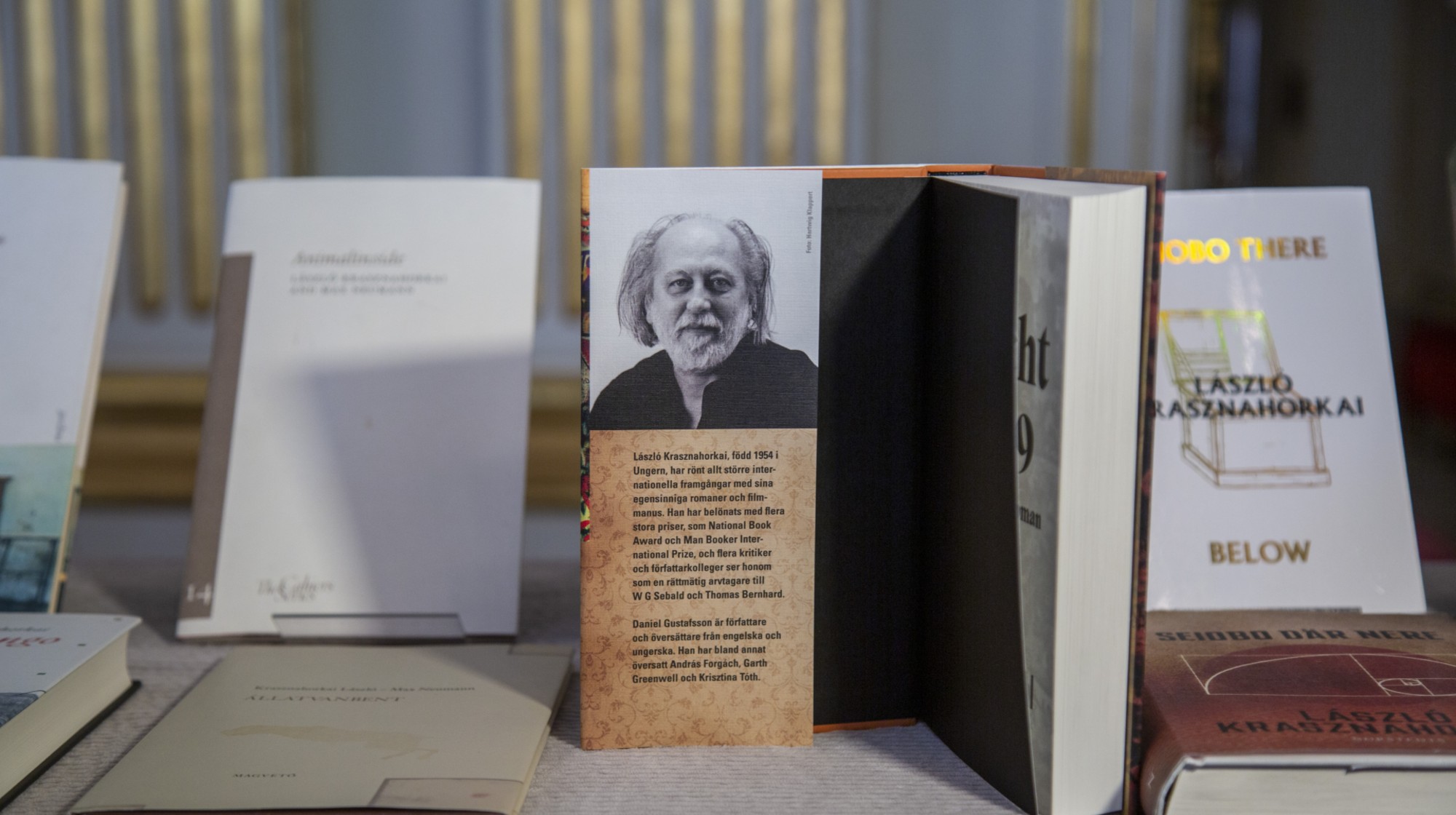 Hungary’s Krasznahorkai wins Nobel for literature
Hungary’s Krasznahorkai wins Nobel for literatureSpeed Read László Krasznahorkai is the author of acclaimed novels like ‘The Melancholy of Resistance’ and ‘Satantango’
-
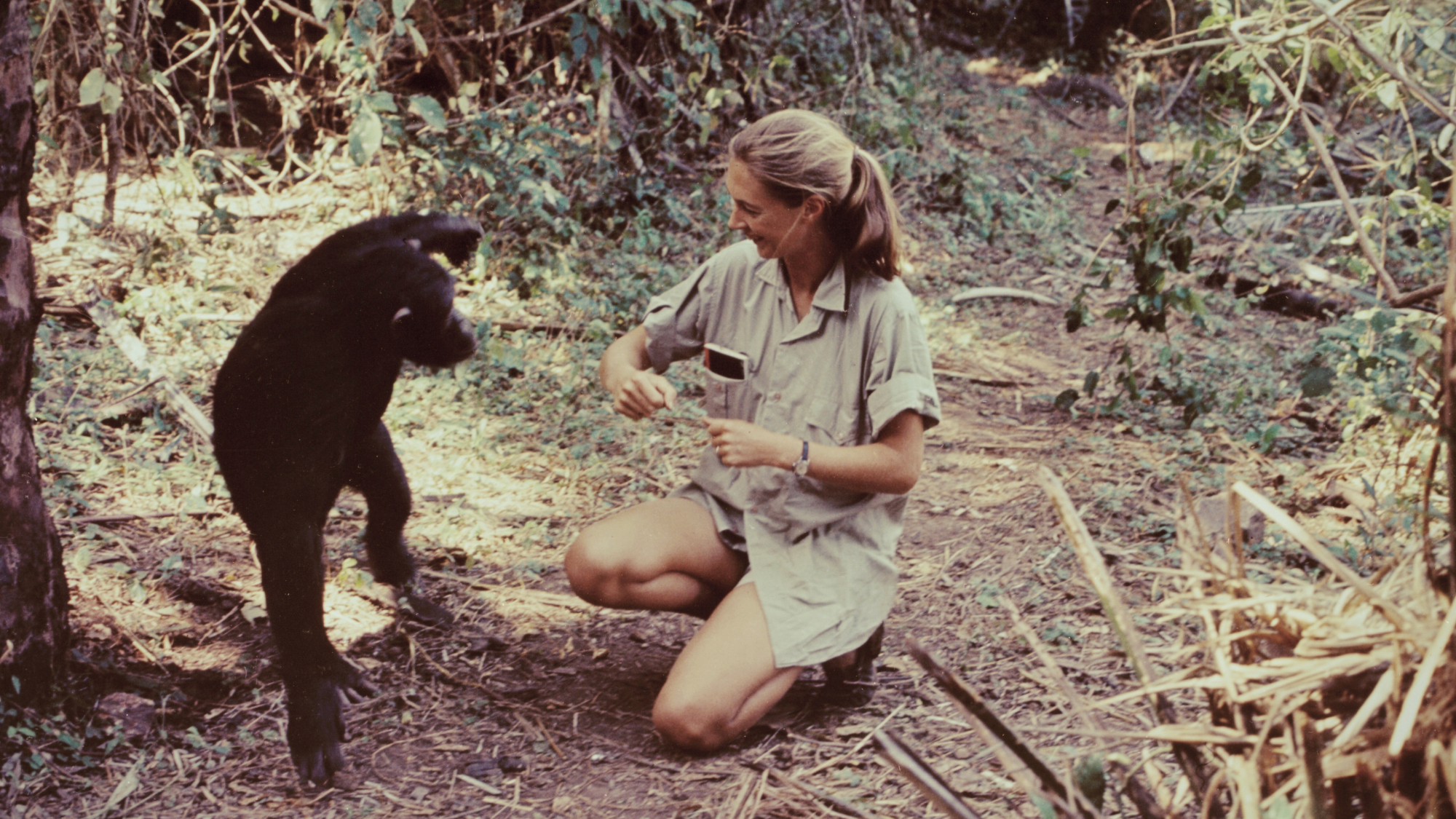 Primatologist Jane Goodall dies at 91
Primatologist Jane Goodall dies at 91Speed Read She rose to fame following her groundbreaking field research with chimpanzees
-
 Florida erases rainbow crosswalk at Pulse nightclub
Florida erases rainbow crosswalk at Pulse nightclubSpeed Read The colorful crosswalk was outside the former LGBTQ nightclub where 49 people were killed in a 2016 shooting
-
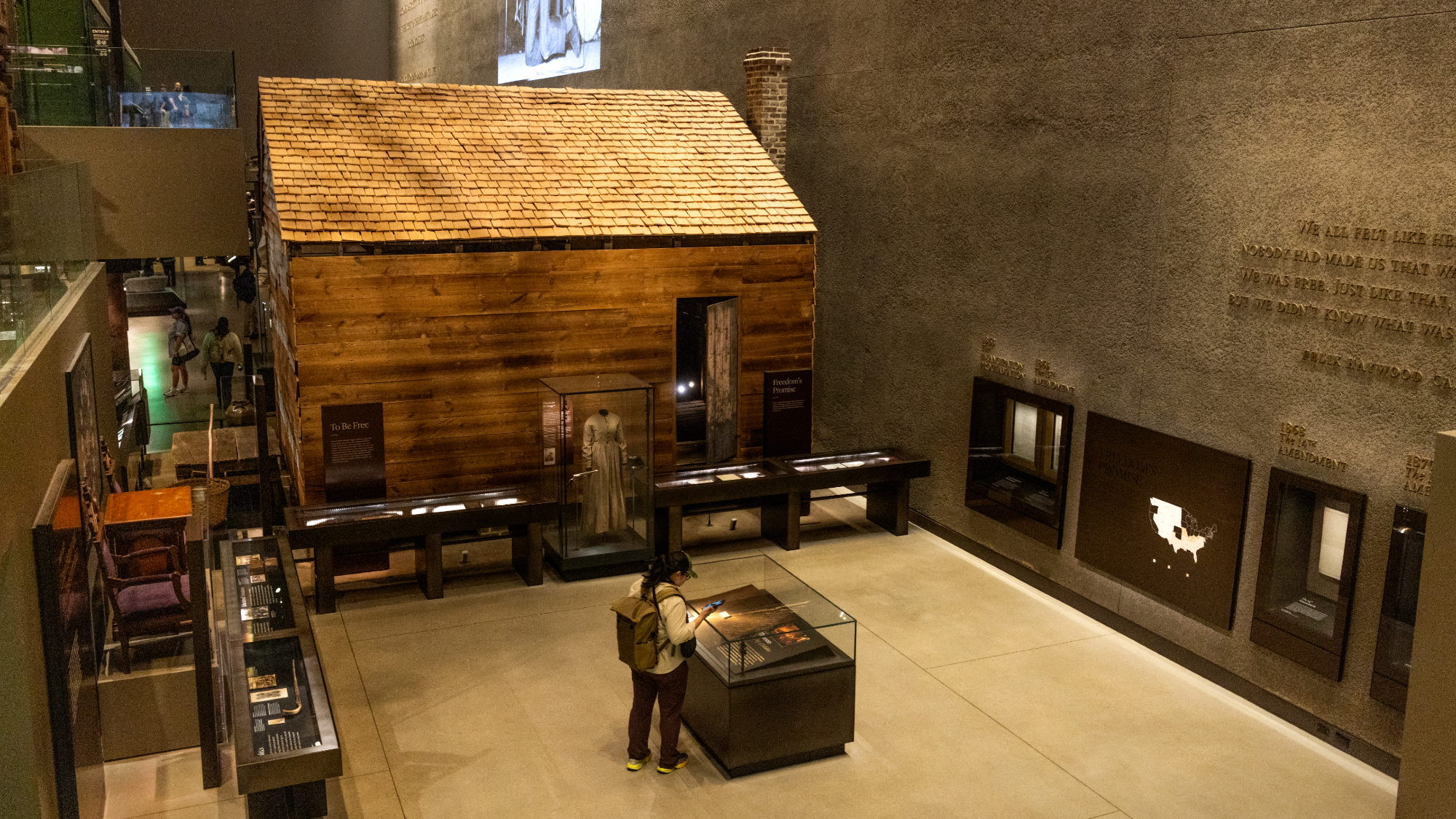 Trump says Smithsonian too focused on slavery's ills
Trump says Smithsonian too focused on slavery's illsSpeed Read The president would prefer the museum to highlight 'success,' 'brightness' and 'the future'
-
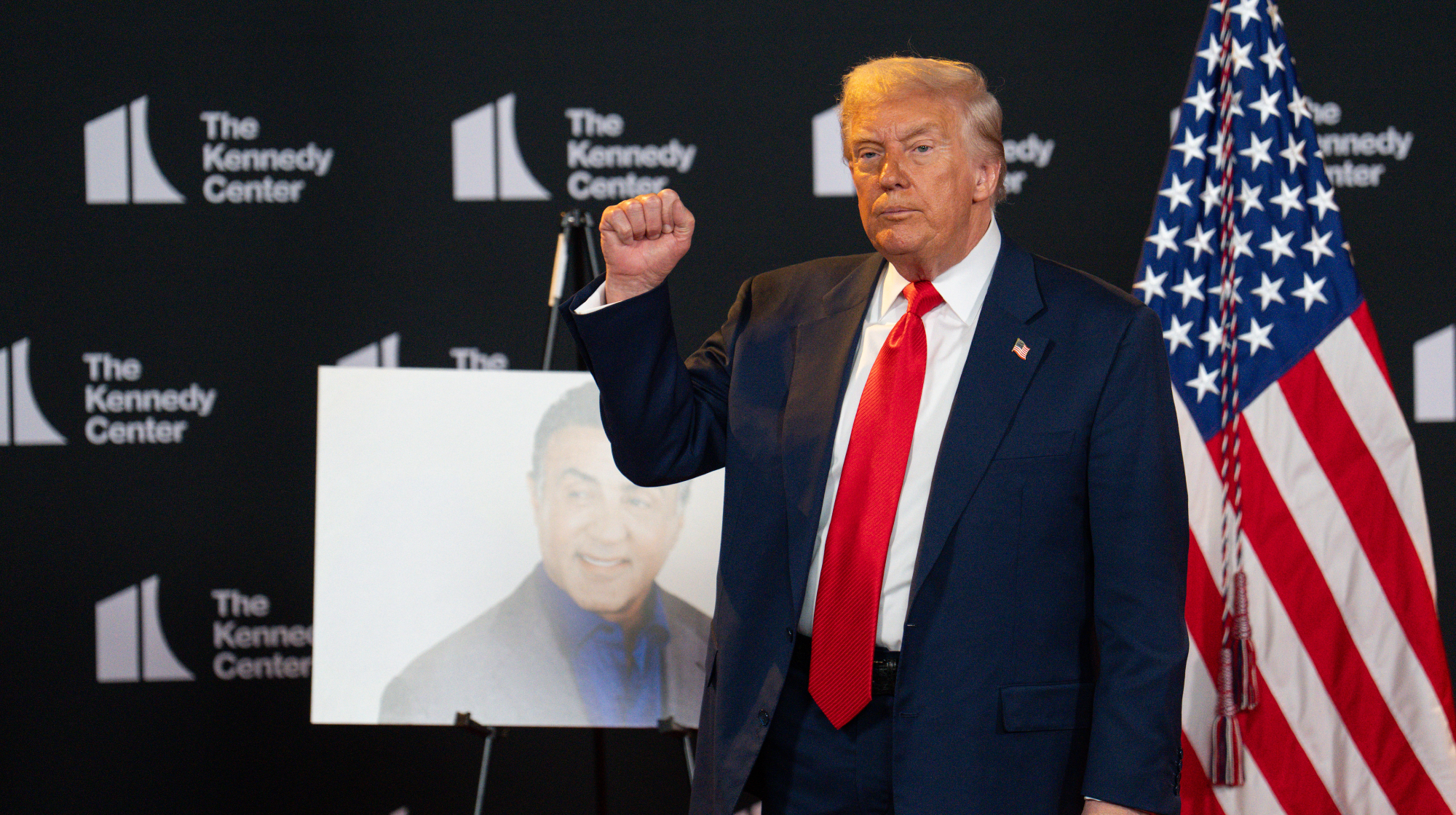 Trump to host Kennedy Honors for Kiss, Stallone
Trump to host Kennedy Honors for Kiss, StalloneSpeed Read Actor Sylvester Stallone and the glam-rock band Kiss were among those named as this year's inductees
-
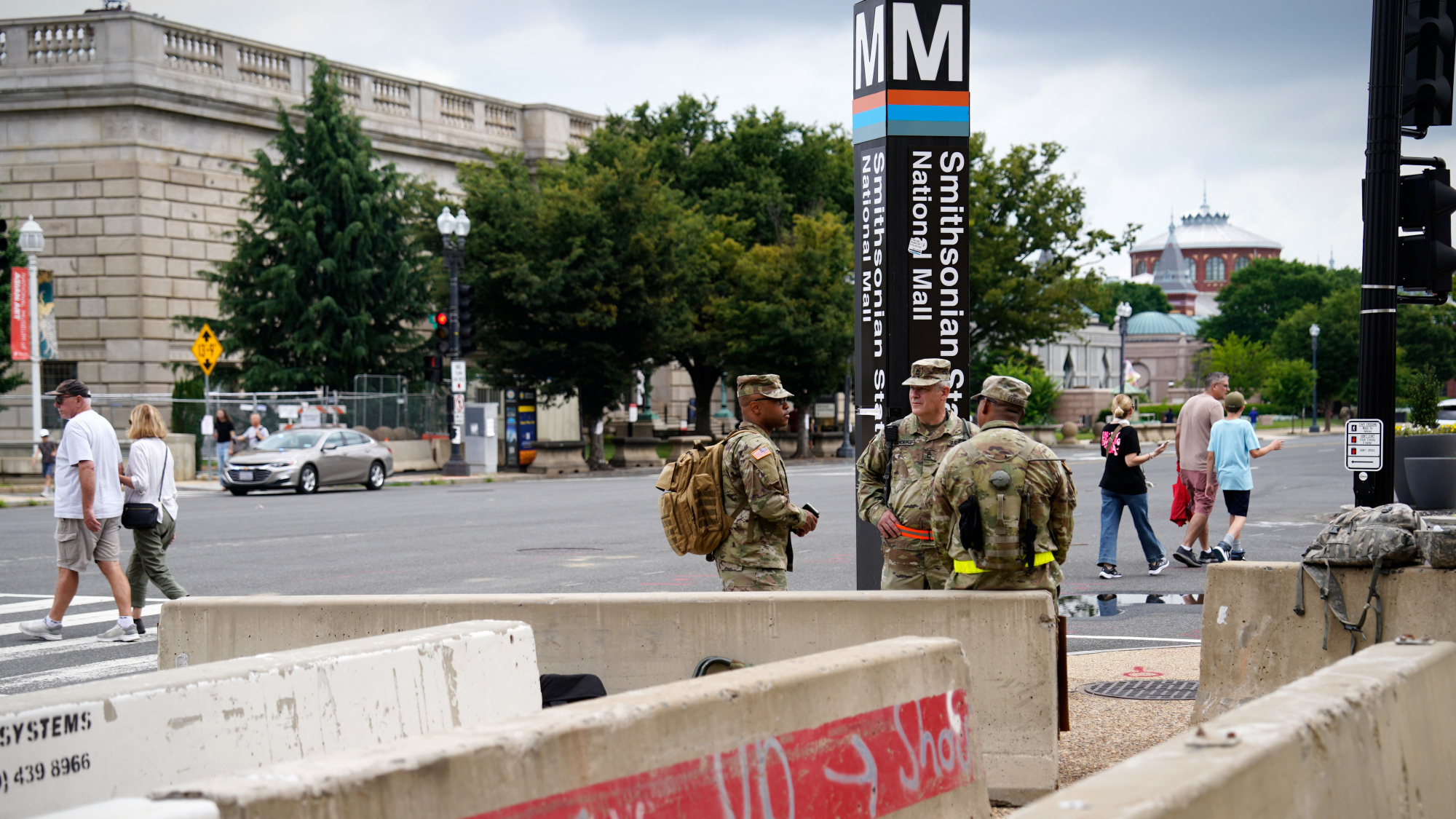 White House seeks to bend Smithsonian to Trump's view
White House seeks to bend Smithsonian to Trump's viewSpeed Read The Smithsonian Institution's 21 museums are under review to ensure their content aligns with the president's interpretation of American history
